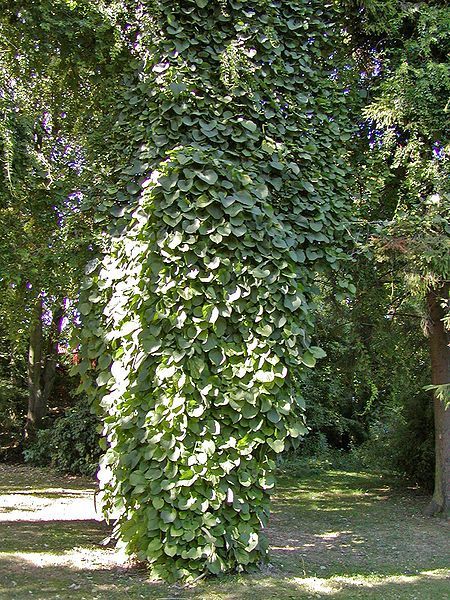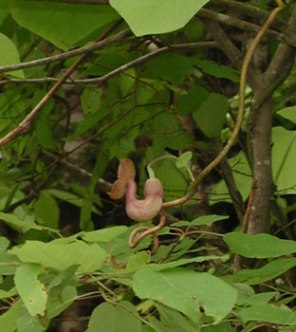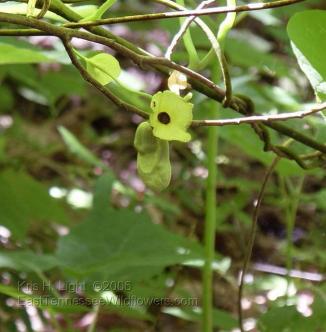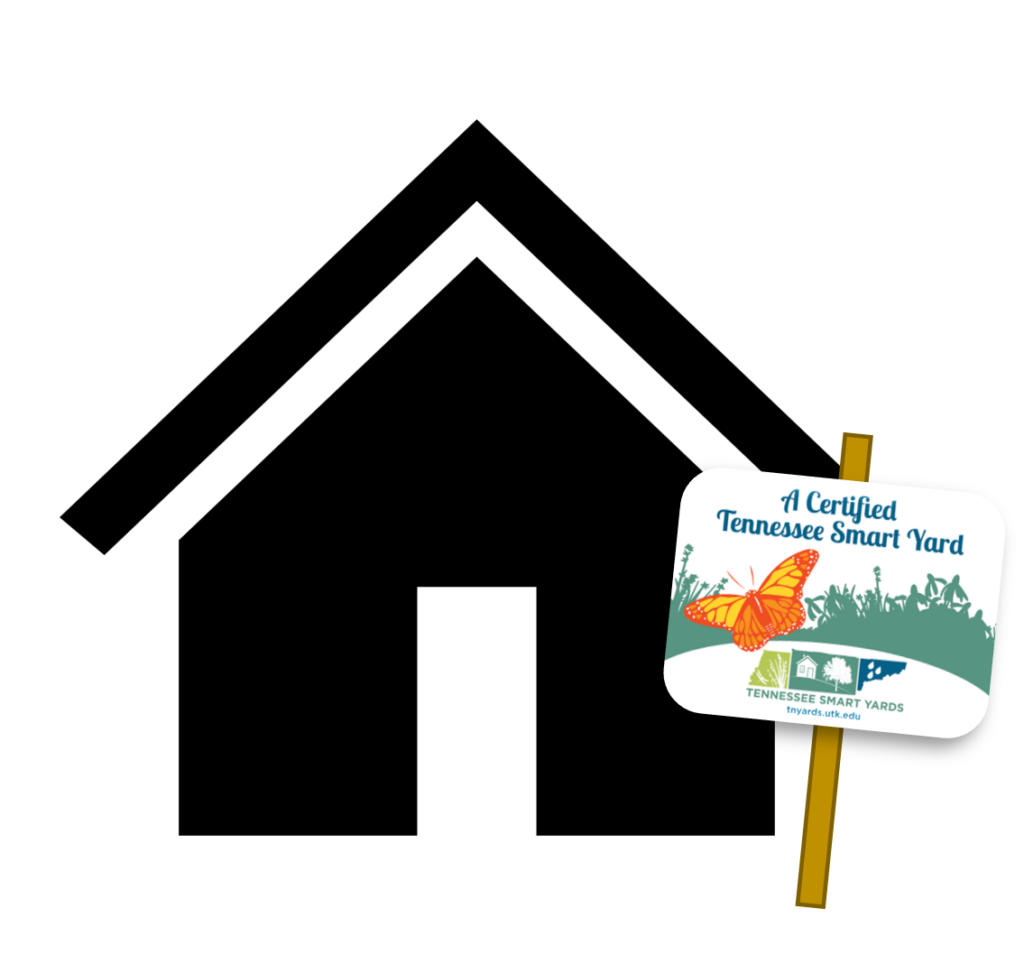
Common Name: Dutchman’s Pipe
Open shade to sun; moderately wet to medium moisture level; best in deep,fertile loam but tolerates moderately coarse gravelly or sandy loams to moderately fine silt loams; slightly acid to neutral pH.
6-30 feet height (depending on support) by 4-10 feet width; blooms late spring into summer; chocolate brown flowers with a yellow tube; fruit is a pod-like capsule.
Growth Rate: Grows at a medium rate after transplanting and then fast and rank growing, from 4 to 6 feet in one year. If given the appropriate trellis or other support, it is capable of covering the structure in a single growing season.
Maintenance: Easy maintenance. Infrequent susceptibility to diseases and insects. Cut back to the thicker stems in late winter to control growth and reduce the mass of tangled stems.
Propagation: Seed germination code C(90) at 40 degrees or sow outdoors in fall. Grows well from seed. Moderately difficult from cuttings.
Native Region: Eastern half of the state
Deciduous vine that climbs by twinning. Best supported with wire cable or fencing. Has large, heart-shaped, overlapping leaves 6-15 inches across that tend to hide the inconspicuous flowers. Good plant for providing a privacy screen. Will grow in considerable shade but growth will be thinner and plant more likely to develop root suckers. Important larval food source for the Pipevine Swallowtail butterfly; otherwise has very low wildlife value.


